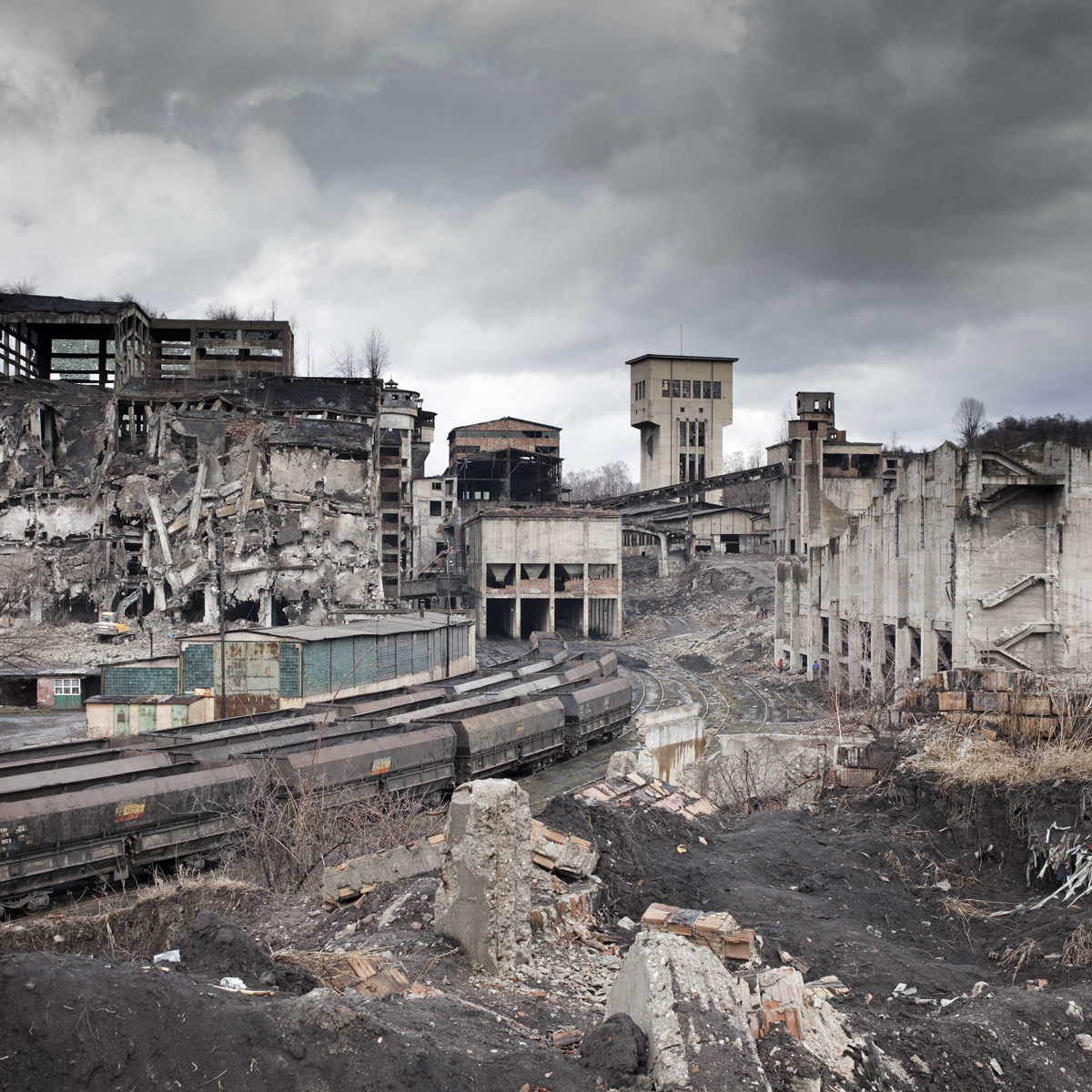Ioana Cirlig (Romania): Post-Industrial Romania
Gallery offline – updating soon
Post-Industrial Romania is a long term study of deindustrialization and it’s effects in Romania. In over 40 years of communism Romania was heavily industrialized. Every town had a industrial center and people from all over the country were moved to urbanize the areas around mines and factories. Huge industrial centers were built in rural areas, changing the landscape completely. The factory workers and the miners were the country’s pride, idealized and portrayed as heroes. Mining areas were rich, people had the biggest salaries and there was never a lack of food in these places, not even in the late 80’s, the poorest time during Ceausescu’s regime. In 1989 there were 8 million people working in Romania, now
only 4 million are employed. Young people are migrating to Western Europe, mostly to Spain, Italy, Germany or France. After ’89, in the transition from communism to a market economy, almost all the industrial centers have been closed, leaving whole communities jobless. A black market for iron was created and the buildings quickly turned to ruins. Mono industrial communities suffer a severe depression after the loss of the central activity.
Everything used to revolve around the industrial center. Everybody worked there, the community’s celebrations, sports events and cultural activities were funded and organized by the industrial center. My father worked in a big factory in Bucharest and I used to love going to work with him when I was a little girl. After it got closed in the late 90’s I could see the effect it had on everybody and the depression that followed. After seeing the situation repeat itself in many places around the country I decided I want to document these changes and how they affect people in small communities, where the economical relaunch is much harder.
For this project I am moving around the country, from small town to small town, actually living in every community for a few months. It is a long term project, I will continue photographing mono industrial communities in Romania for at least 2 more years. I have decided that the best way to get really involved in the story is to actually live in these places and try to explore more subtle aspects of the issue. I am currently living in Brad, a small examining town in Western Romania, the most heavily industrialized part of the country. Brad used to have a gold mine, a coal mine and a factory that produced mining equipment. About 7000 people used to work here until 2006 when the mines got closed down. Now only 120 people work in the old factory. The shopkeepers around here joke about the pensioners being the only people with a steady income in the area.

